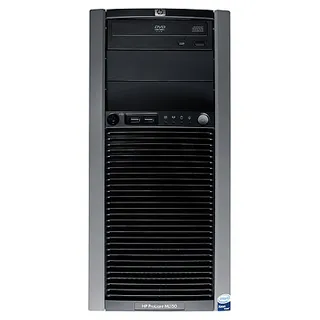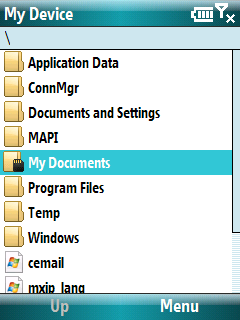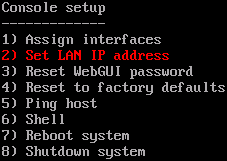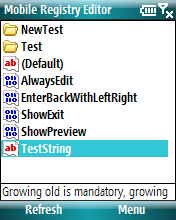Visual Studio 2010 (Beta 2)
Visual Studio 2010 beta 2 is available to all MSDN subscribers. Public release will follow on October 21st.
First thing that I noticed is bunch of editions (Ultimate, Premium, Professional and Express). This is probably how things will look once final version is out. While I am not sure what differences are among them, I am sure that Ultimate will be wet dream of all programmers. And do notice that you are allowed to go live with this beta.
Installation was quite slow, it required one restart and it did gave some bogus warnings (like trying to run PowerShell 1.0 on Windows 7), but I cannot blame it too much. This was on system where beta 1 was previously installed and I cannot say that some issues weren’t actually from uninstalling it. However, one hit on Retry button solved every problem I had. I must confess that this is quite sturdy installation.
I will stop with praises here since I am yet to test it in real-life. However, it does look nice.
P.S. Still no support for Windows Mobile. I guess they are saving that for final release…




